Extremely Rare Birds in the Western Palearctic
Original price was: $38.40.$30.72Current price is: $30.72.
Author
In stock
Original price was: $38.40.$30.72Current price is: $30.72.
“The author has gone to a lot of trouble gathering all the information and photographs together and it’s great having all that information readily at hand.”
Rare Bird Network, June 2012
Weight
0.85 kg
Size
17 × 24 cm
Format
Hardback
Pages
244
Publishing date
February 2012
Published by
Lynx Edicions
Author
Description
For birders, ornithologists, and rarity chasers alike, Extremely Rare Birds in the Western Palearctic is a landmark reference that offers an exhaustive record of one of the most fascinating aspects of bird distribution: extreme vagrancy. Focused exclusively on species with fewer than 10 accepted sightings in the Western Palearctic (WP), this richly illustrated and meticulously researched book is a unique tribute to the rare birds that have surprised and captivated birdwatchers across Europe, North Africa, and the Middle East.
Covering records between 1800 and 2008—with selected additions through August 2010—this work draws on data accepted by national rarities committees and published records, offering unmatched insight into the documentation and patterns of extreme avian occurrence.
Rare birds: from the unexpected to the extraordinary
The book opens with a clear and well-structured introduction by author Marcel Haas, who explains the origins of this project, stemming from his lifelong passion for vagrant birds. The goal of the book is straightforward yet ambitious: to document all extremely rare birds within the defined WP boundaries, excluding escapes and unverified claims. Only species accepted into national lists under Category A or B are included, ensuring that each account is backed by robust verification.
Species accounts are the heart of the book. They begin with brief notes on the species’ global range and migratory habits, followed by a complete summary of all records in the region, including dates, locations, and references. For each species, one high-quality photograph of the individual—often the only known image—is included whenever possible, making this book not only a reference but also a visual archive.
Some of the standout examples include the Lesser Whistling Duck in Israel, the Ross’s Goose in the Netherlands, and the Cotton Pygmy Goose in Jordan. These cases illustrate the complexity of vagrancy and how careful documentation, supported by expert identification and photographic evidence, is crucial to understanding bird distribution at its extremes.
Unmatched Detail and Rigor for Every Record
With hundreds of species covered—from wildfowl and seabirds to raptors, shorebirds, and passerines—the book includes not only classic vagrants from North America and Asia but also surprising tropical visitors and pelagic wanderers. All records are listed with sources, museum specimen numbers (when available), and comprehensive bibliographic citations. The structure of the accounts allows easy comparison across countries and decades, highlighting shifts in patterns and detection effort.
This book also addresses important taxonomic considerations, following the decisions of the Dutch CSNA and the English names provided by Gill & Donsker (2010). The result is a consistent and scientifically updated framework throughout.
The appendix includes new species recorded after 2009, ensuring the work remains relevant and useful in a rapidly evolving field. Additional material includes a detailed index and a reference section citing over 200 sources.
An Essential Work for the Birding and Ornithological Communities
Whether you’re a rarity hunter, bird recorder, or academic researcher, Extremely Rare Birds in the Western Palearctic is an indispensable tool for understanding the limits of avian occurrence in the region. It offers a wealth of data not available in any other single publication and places each record in ecological, biogeographical, and historical context.
Its combination of clarity, precision, and photographic richness make it not only an important reference work, but also a beautiful and inspiring book to browse—ideal for libraries, institutions, and any individual passionate about bird distribution and discovery.
- 155 species described in detail.
- More than 300 photographs, some of which have never been published before.
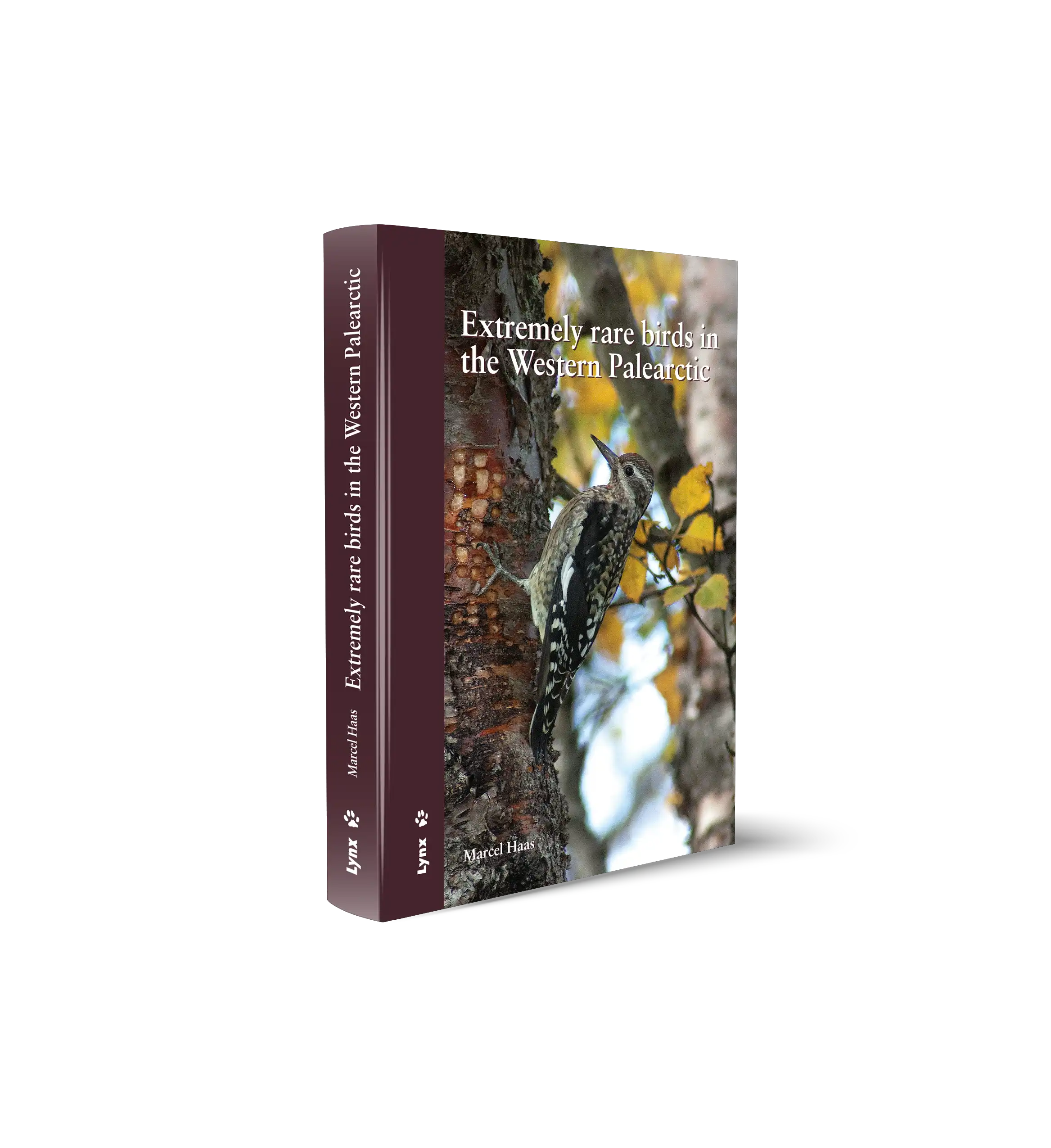
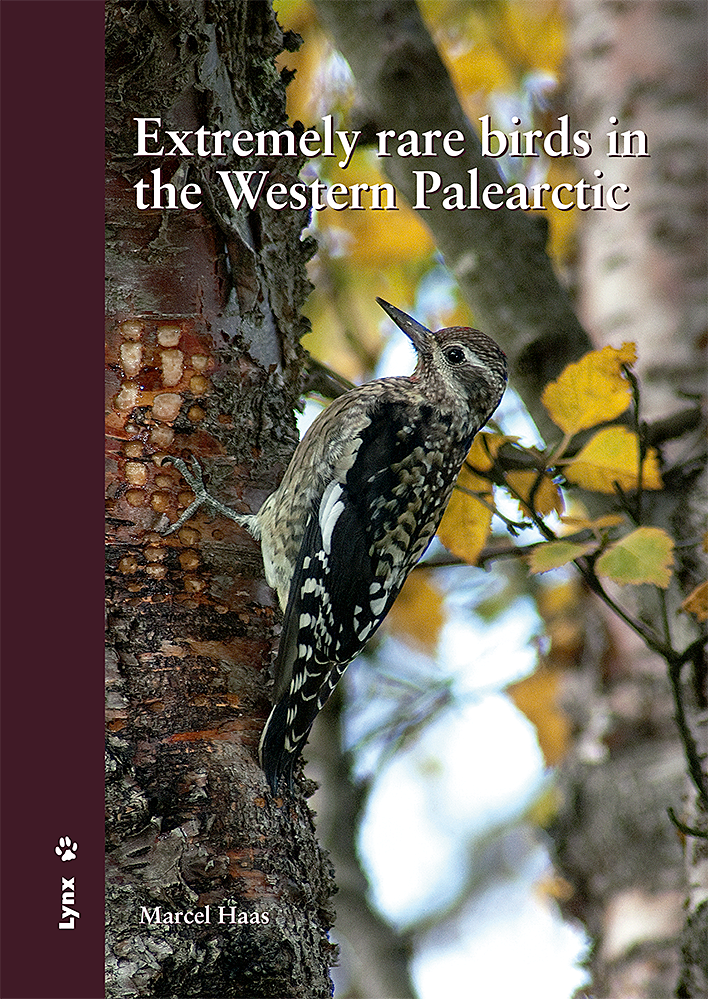

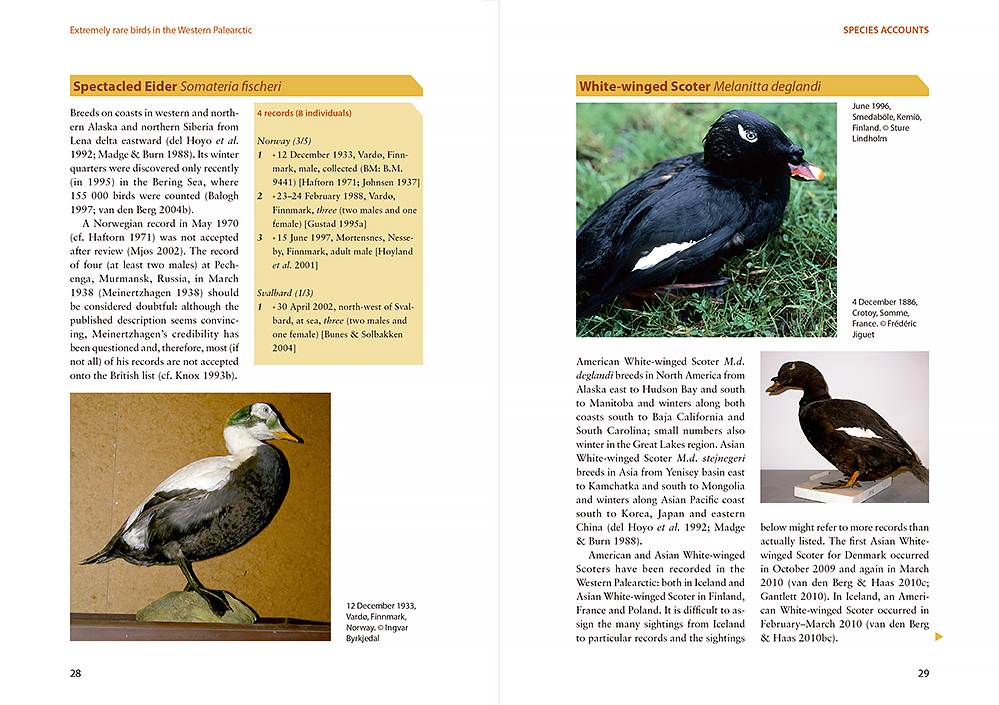
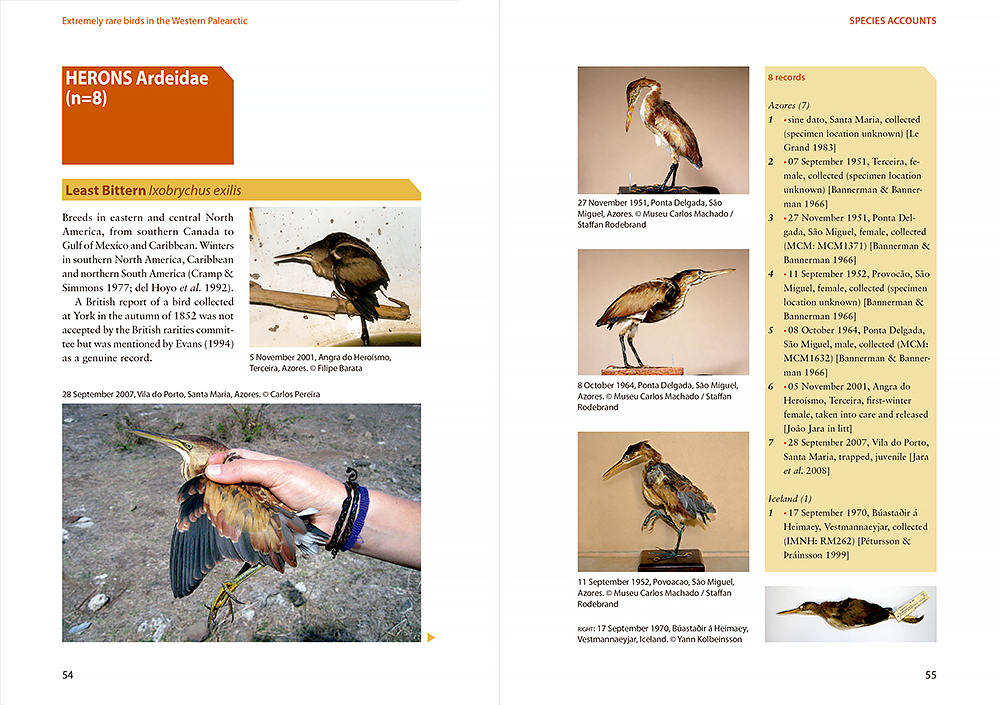
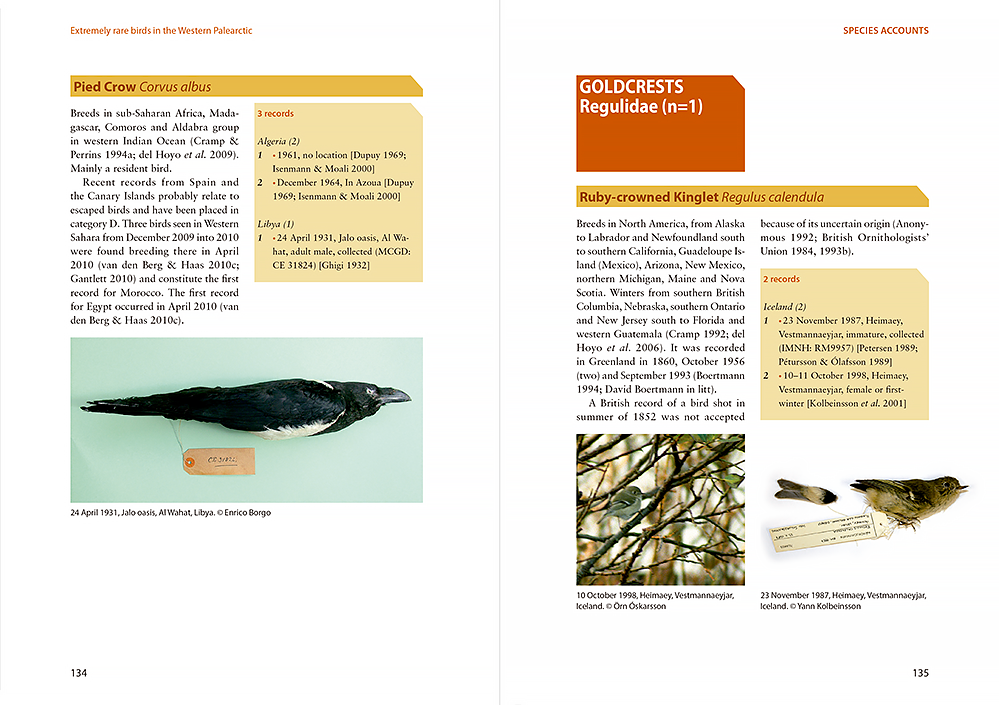
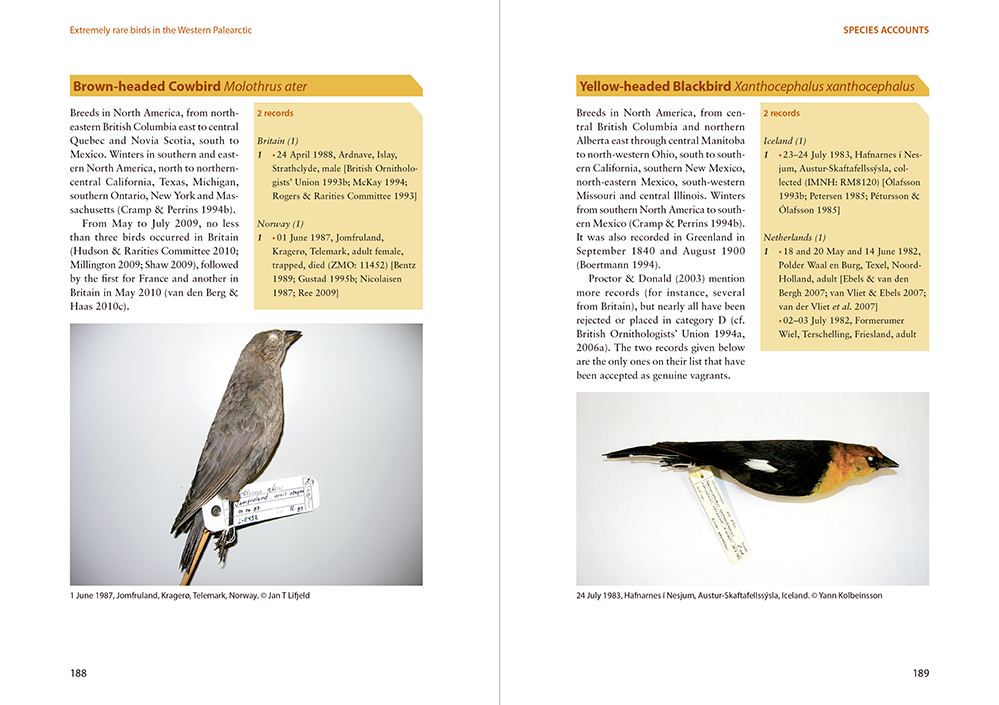
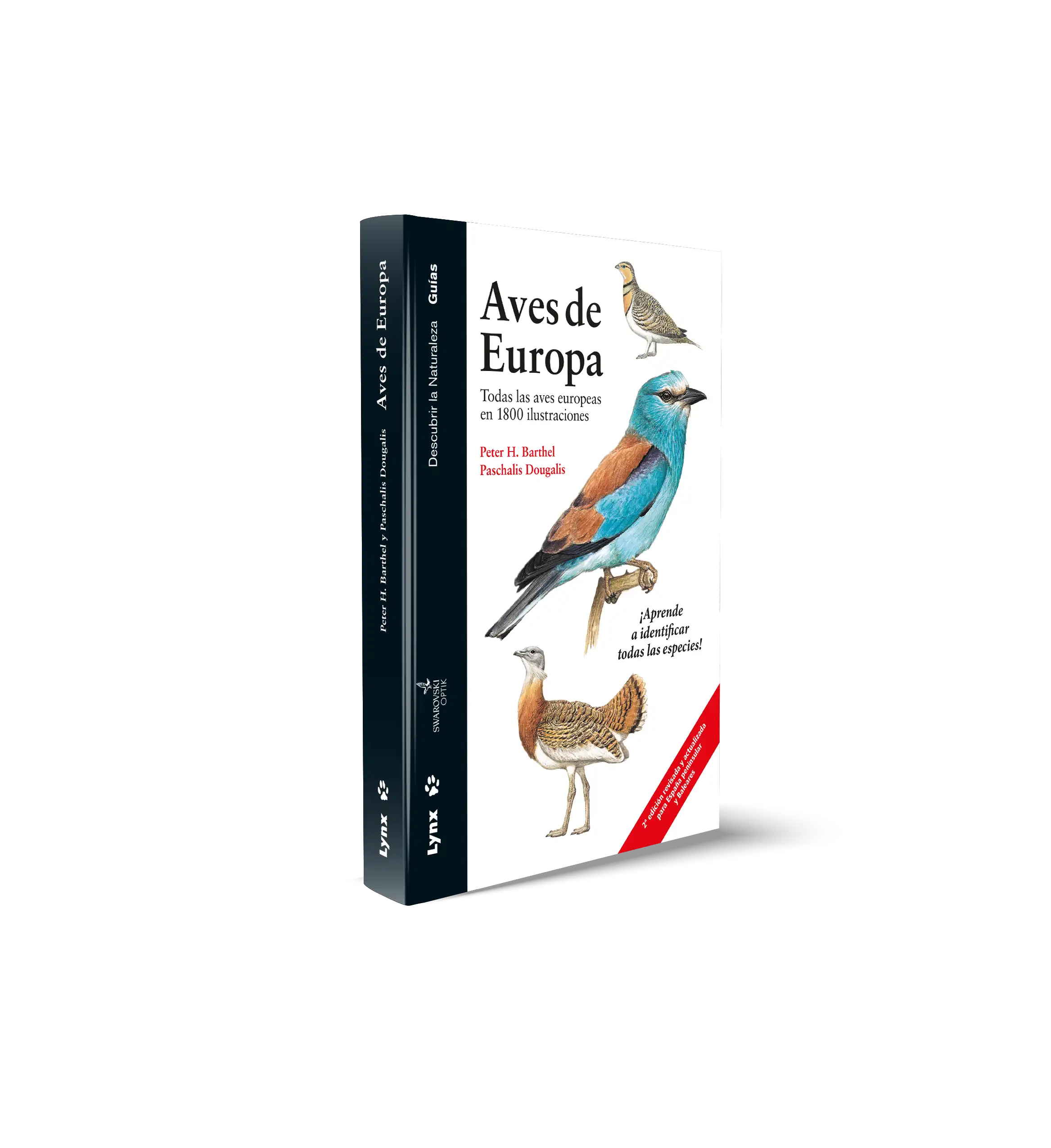
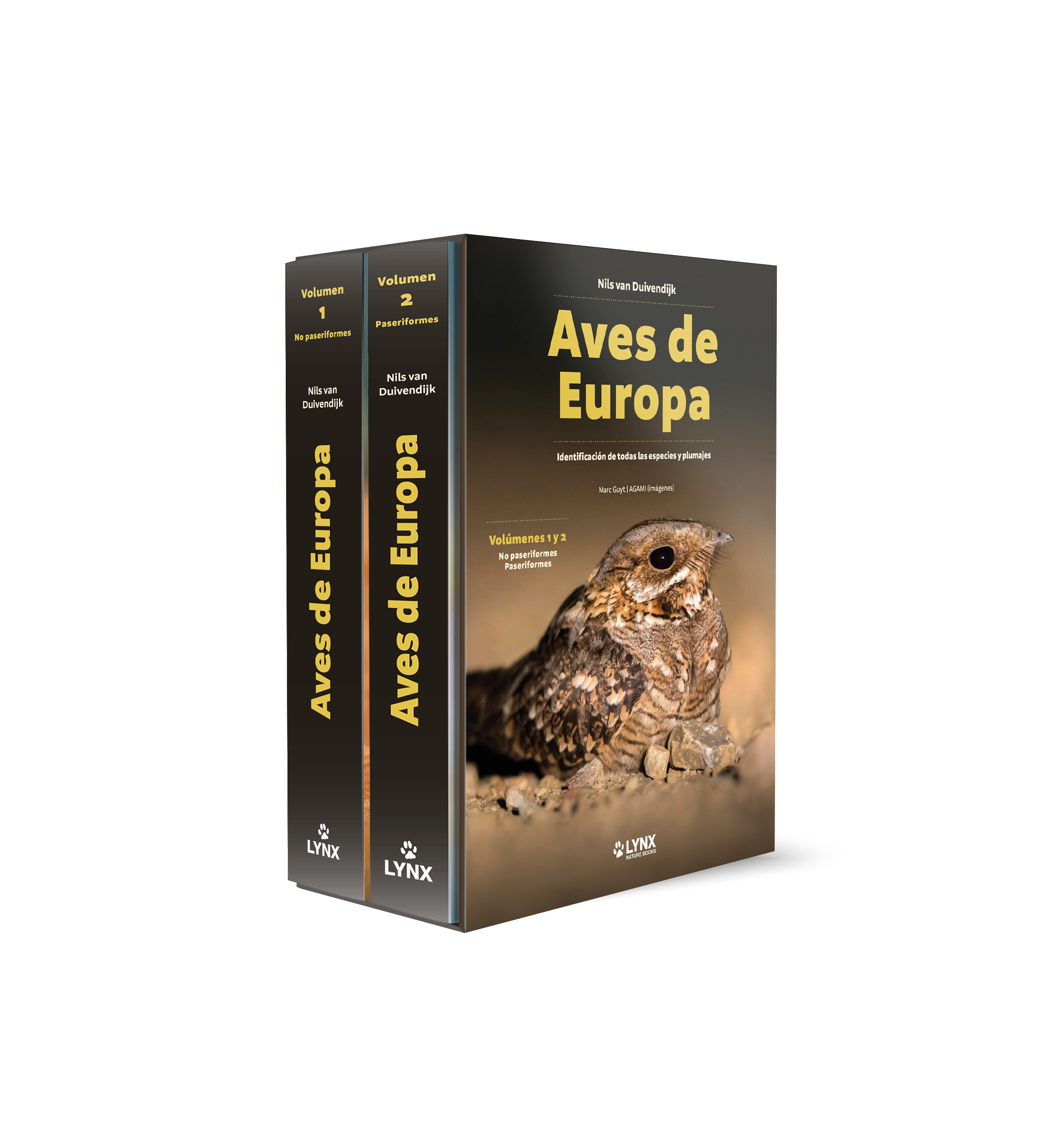

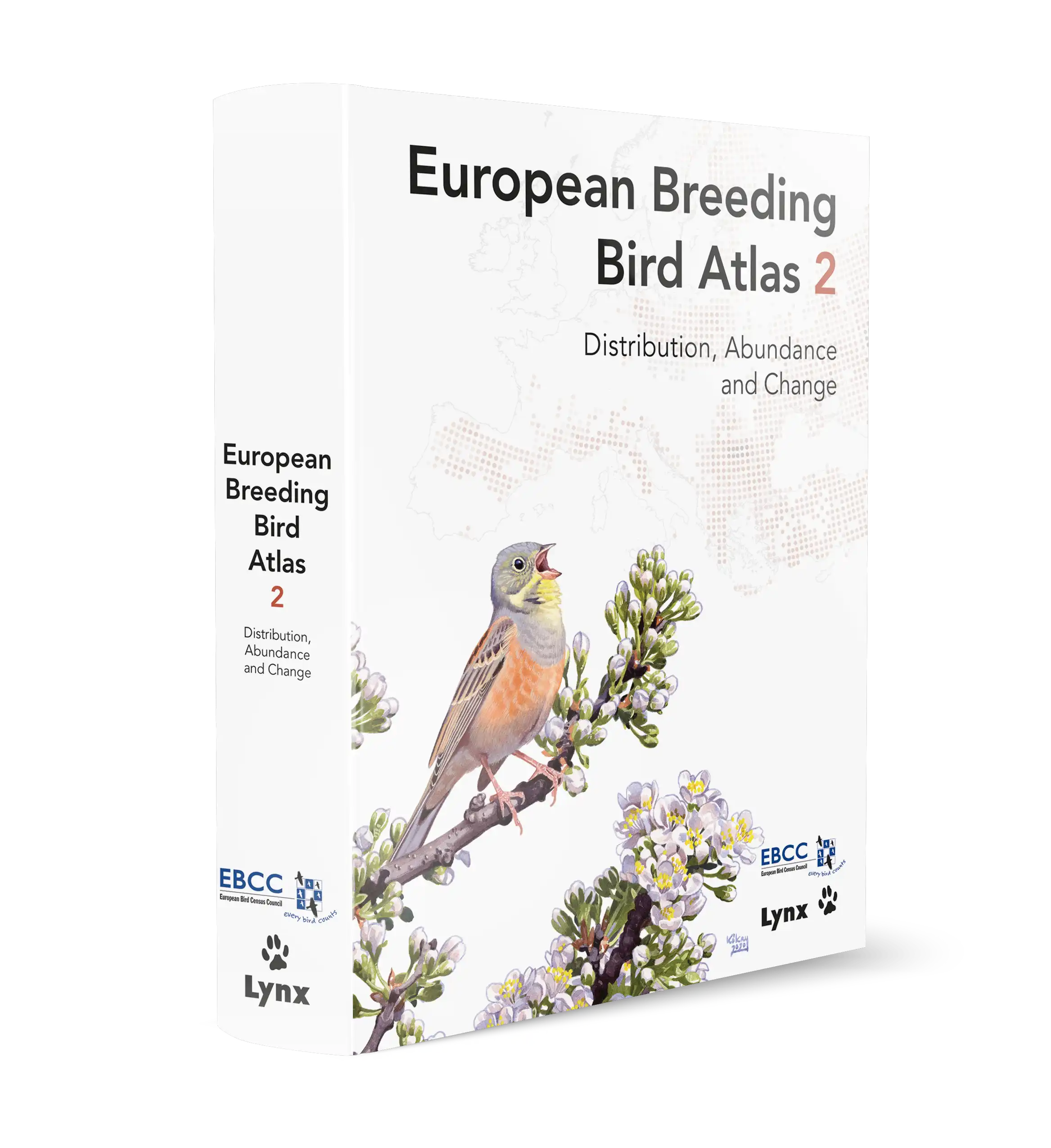


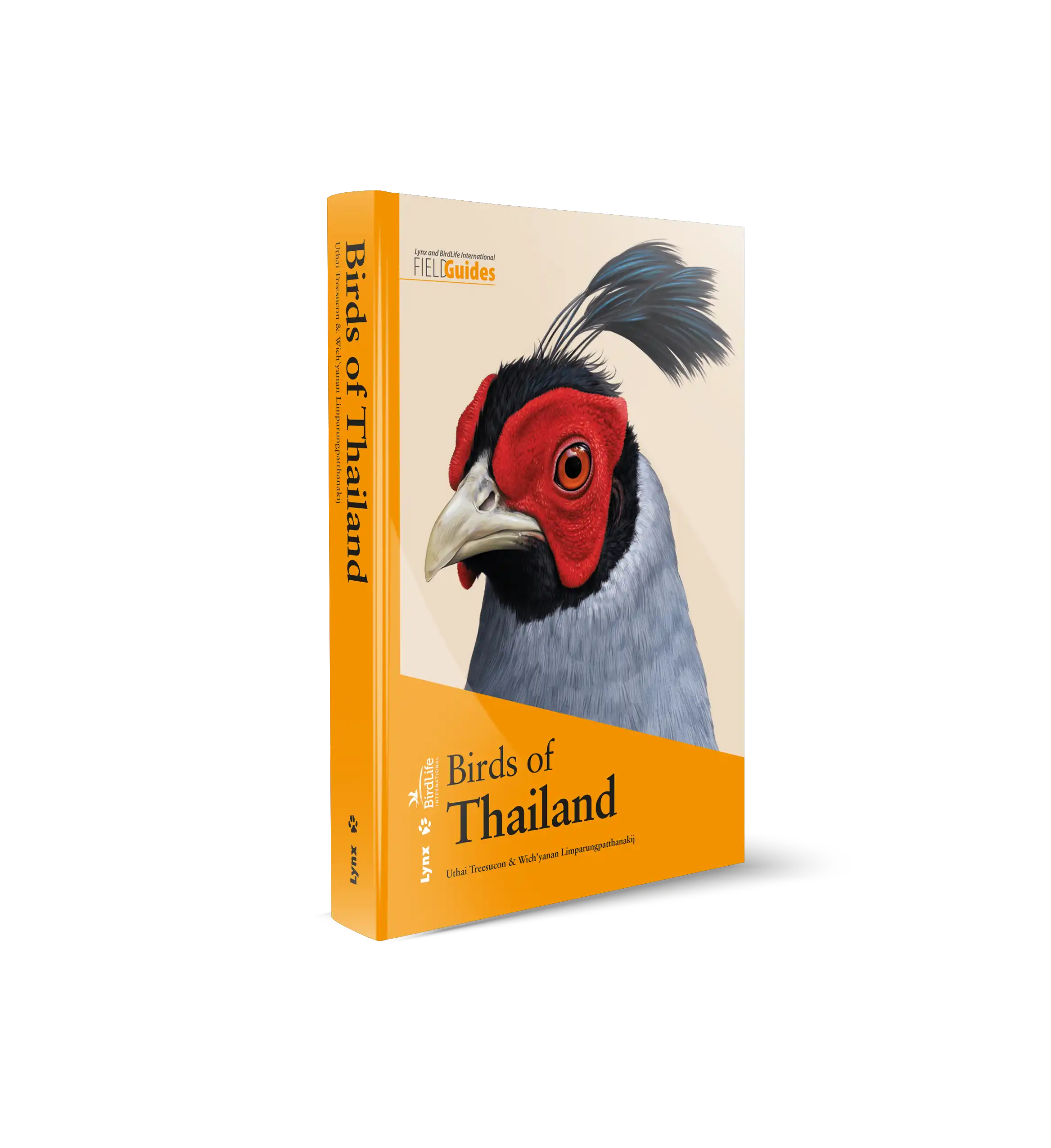
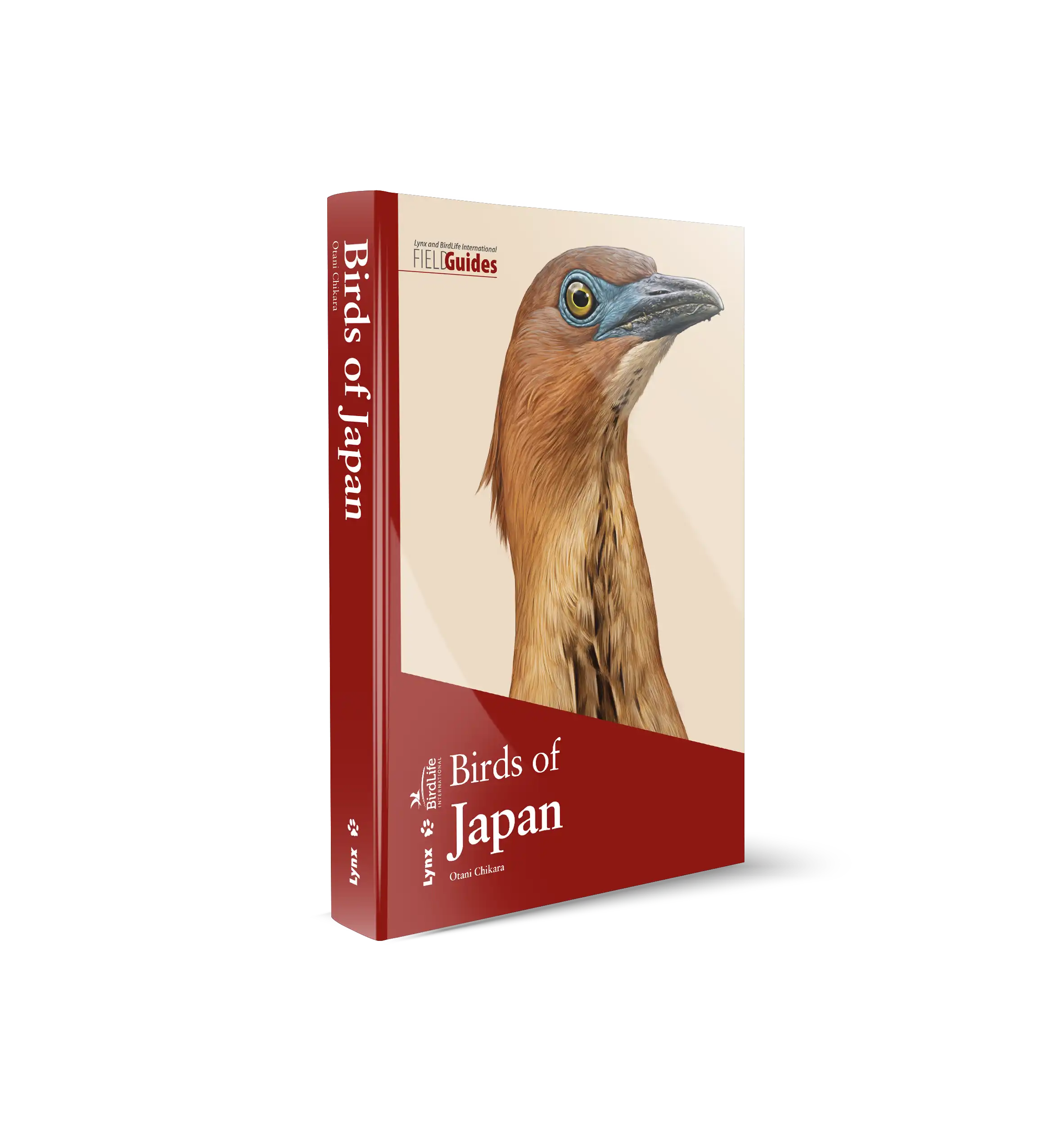








 Copyright 2026 © Lynx Nature Books
Copyright 2026 © Lynx Nature Books
Reviews
There are no reviews yet.